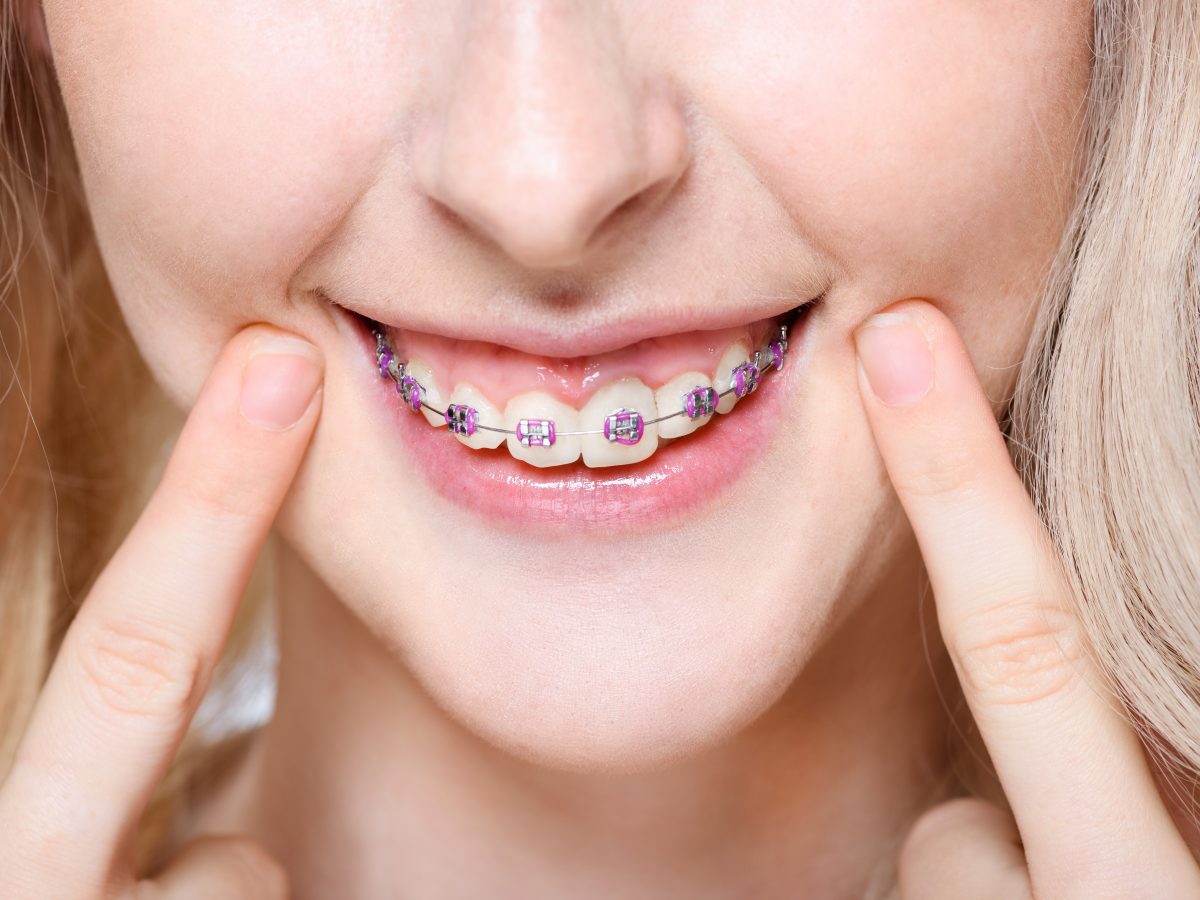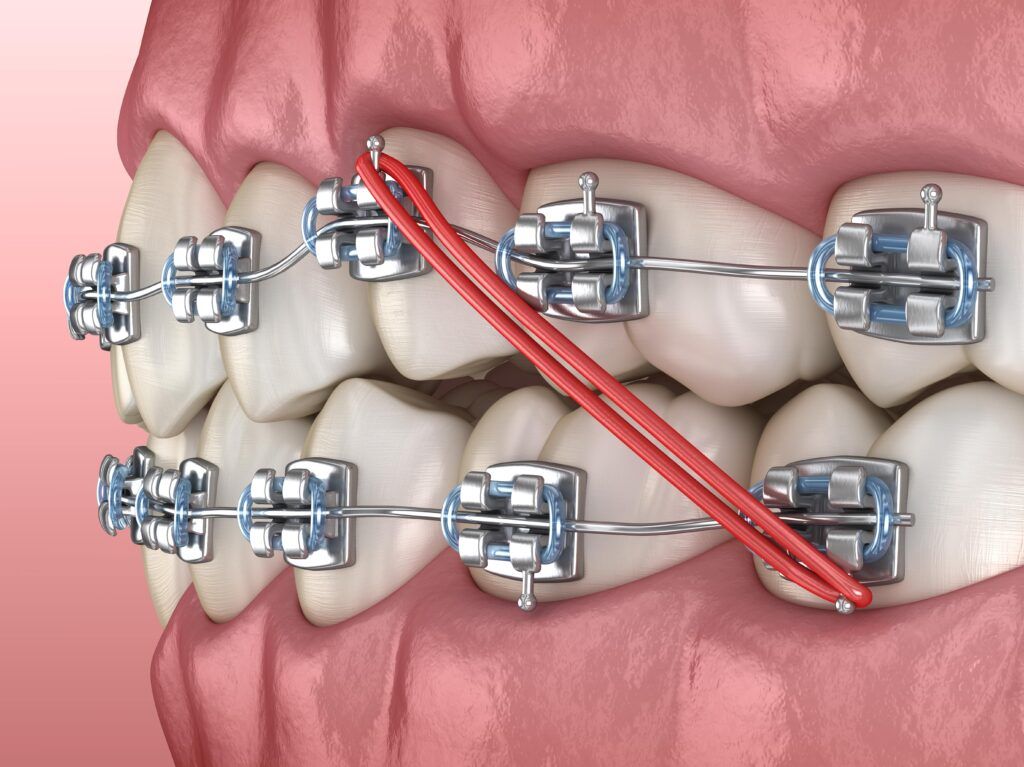Locating the Right Cumming Orthodontist for Your Braces and Aligners Requirements
Locating the Right Cumming Orthodontist for Your Braces and Aligners Requirements
Blog Article
Comprehensive Overview to Orthodontics Treatments for Remedying Dental Misalignments
In the realm of orthodontics, the trip to achieving a perfectly lined up smile includes a myriad of treatments tailored to deal with dental imbalances. From conventional dental braces to invisible aligners and even medical alternatives, the area of orthodontics provides an array of remedies to attend to differing degrees of oral abnormalities. Understanding the complexities of each procedure, including their mechanisms, advantages, and potential disadvantages, is important in making informed choices regarding one's orthodontic therapy. As we navigate via the detailed overview to orthodontic treatments for correcting oral imbalances, the complex details of each method will unravel, losing light on the path toward a unified and functional oral positioning.
Orthodontic Procedures Introduction

In addition to clear aligners and typical dental braces, orthodontists might likewise advise various other treatments like headgear, palatal expanders, or retainers to address particular positioning problems (cumming orthodontist). These treatments are tailored to each client's distinct needs and may involve a mix of treatments to achieve the wanted results. Routine changes and tracking are critical parts of orthodontic therapy to ensure progress is on track and to make any type of required modifications along the method. By undergoing orthodontic procedures, people can not only achieve a straighter smile yet also enhance their total dental health and wellness and function.
Typical Braces: Just How They Function
When considering orthodontic treatments for oral imbalances, typical braces attract attention as a time-tested method for correcting teeth placing. Conventional dental braces are composed of brackets, wires, and bands that interact to apply constant pressure on the teeth, slowly relocating them right into the preferred positioning. The brackets are connected to the teeth using an unique adhesive, and the wires are threaded via the braces. By changing the stress of the cables, orthodontists can control the instructions and force put on each tooth, guiding them into appropriate positioning over time.
One key facet of just how traditional dental braces work is the procedure of bone improvement. As stress is used to the teeth through the braces, the bone surrounding the teeth is reshaped to support the new tooth settings. This improvement is important for the long-term stability of the corrected positioning. Patients will need routine changes at the orthodontist's office to make certain the braces remain to use the correct pressure for efficient teeth motion.
Unseen Aligners: Advantages And Disadvantages
These clear, customized trays are practically unseen when put on, making them an attractive option for individuals seeking an extra cosmetically pleasing orthodontic therapy. Patients can eliminate the aligners prior to eating or brushing their teeth, reducing the danger of food obtaining stuck in the device and streamlining the cleansing process.

Surgical Orthodontic Options
Surgical interventions in orthodontics existing sensible options for dealing with intricate dental imbalances that may not be effectively fixed with conventional orthodontic treatments. While conventional dental braces and undetectable aligners can fix lots of orthodontic problems, particular situations call for surgical treatment to accomplish optimal outcomes. Surgical orthodontic options are typically recommended for serious malocclusions, significant jaw inconsistencies, and instances where the underlying bone structure needs alteration to accomplish correct alignment.
One common medical orthodontic procedure is orthognathic surgical procedure, which entails rearranging the jaws to correct practical problems such as difficulty talking or eating. This surgical treatment is often carried out in partnership with an orthodontist who aids line up the teeth before and best dental doctors near me after the treatment. Surgical orthodontics might also involve procedures to reveal influenced teeth, get rid of excess periodontal tissue, or improve the jawbone to create a much more harmonious face profile.
Prior to thinking about surgical orthodontic alternatives, individuals undergo a comprehensive evaluation to establish the need and potential advantages of such treatments. orthodontics. While surgical treatment may seem daunting, it can considerably improve both the function and aesthetics of the smile in cases where standard orthodontic treatments fail
Retainers and Post-Treatment Care

Post-treatment treatment involves following the orthodontist's guidelines diligently. This may consist of appropriate dental health methods, participating in follow-up consultations, and putting on the retainers as recommended. Failing to follow post-treatment care guidelines can cause relapse, where the teeth progressively go to my site relocate back in the direction of their original positions. Regular retainer wear, great oral hygiene, and routine oral exams are vital for preserving the outcomes attained through orthodontic surgical procedure and ensuring the lasting security of the corrected dental alignment.
Final Thought
In conclusion, orthodontic treatments supply numerous options for fixing oral imbalances. Conventional braces utilize steel braces and cables to change teeth right into correct alignment. Invisible aligners give an even more discreet alternative however might not be ideal for all situations. Surgical orthodontic choices are offered for much more extreme misalignments. Retainers are typically made use of post-treatment to maintain the new alignment. In general, orthodontic treatments can efficiently improve oral health and wellness and visual look.
As we browse via the extensive overview to orthodontic treatments for fixing oral imbalances, the complex information of each approach will unravel, shedding light on the path toward a functional and unified oral placement. - orthodontist
One of the most usual orthodontic therapies is the use of dental braces, which consist of steel braces and wires weblink that apply mild stress to slowly shift teeth into the desired setting.When considering orthodontic treatments for dental imbalances, typical braces stand out as a time-tested method for dealing with teeth positioning. In addition, unnoticeable aligners might not be ideal for complex orthodontic issues that call for even more substantial teeth activity, as they are commonly recommended for light to modest situations. Retainers are customized orthodontic tools designed to hold teeth in their dealt with settings after the completion of orthodontic treatment.
Report this page